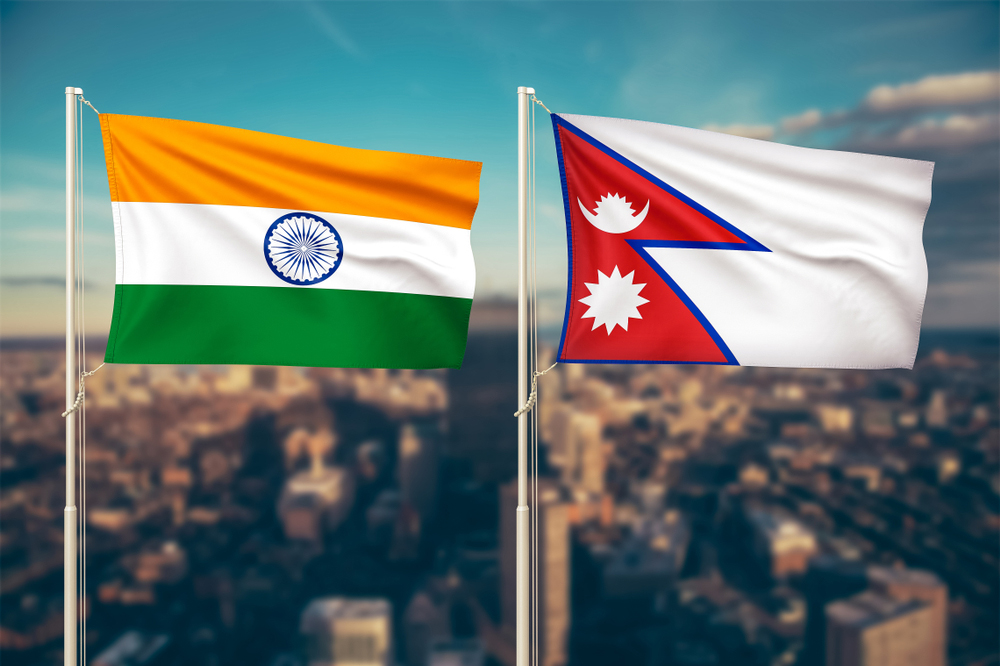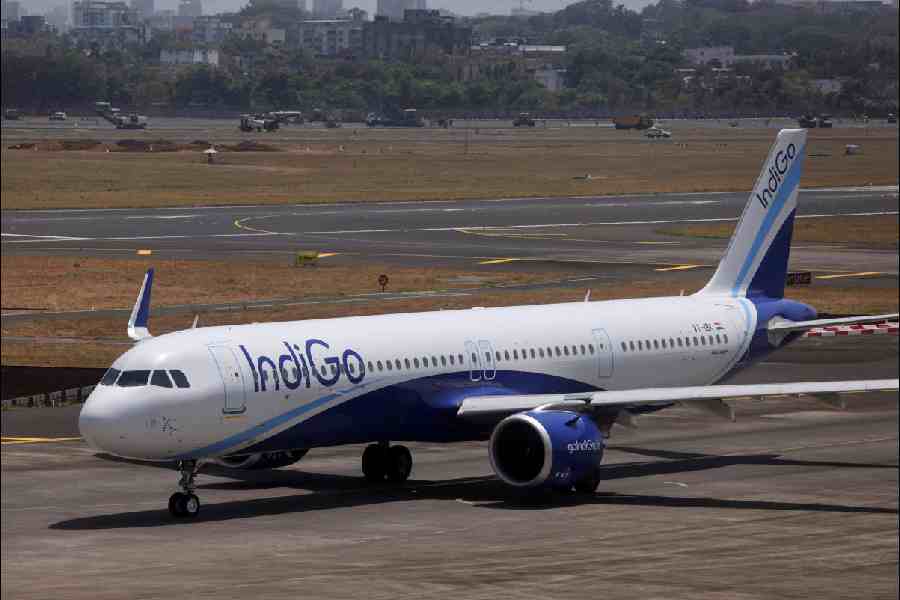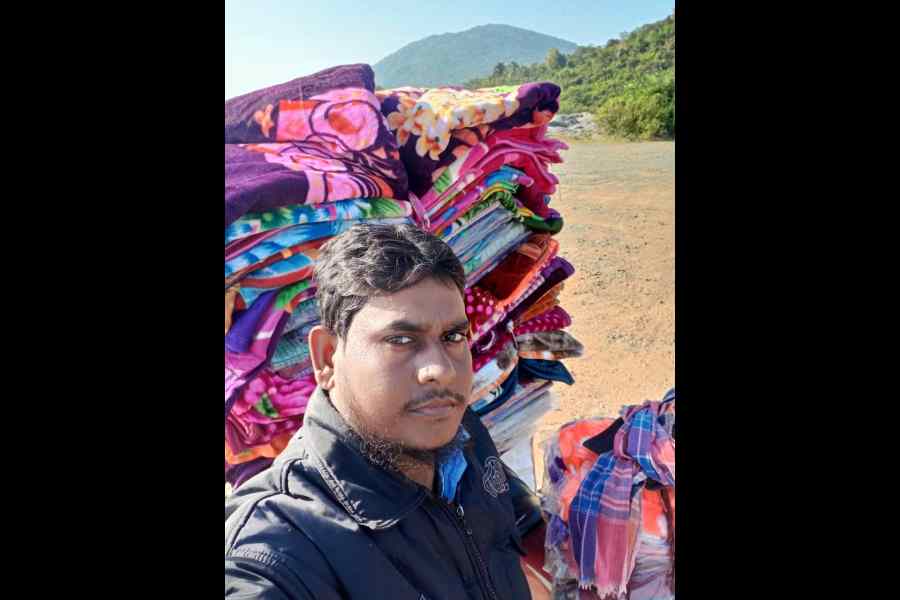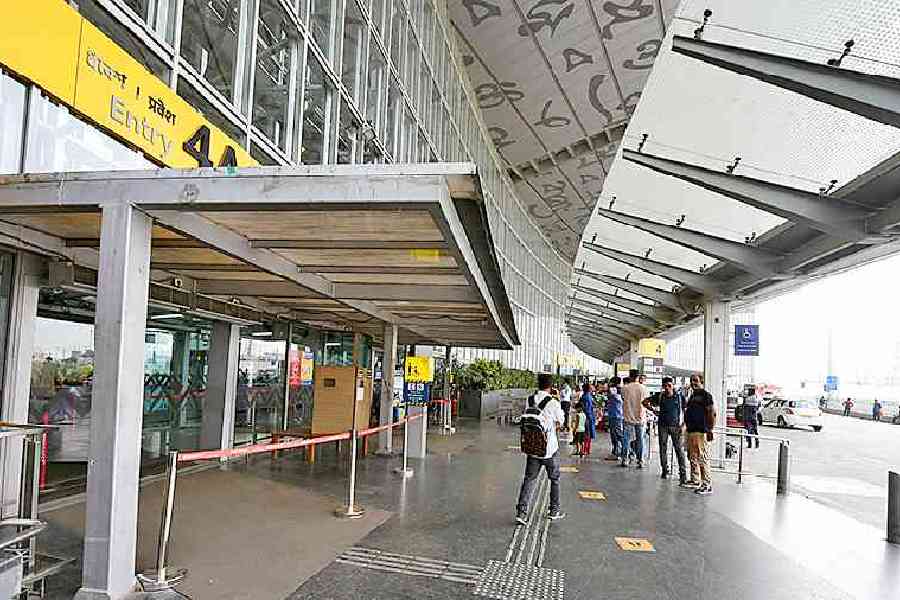India on Wednesday night questioned Nepal's release of a new map hours earlier showing three disputed areas as part of its territory, saying 'such artificial enlargement of territorial claims will not be accepted by India'.
In the new map, Nepal shows Kalapani, Lipu Lekh and Limpiyadhura as its territories.
'This unilateral act is not based on historical facts and evidence. It is contrary to the bilateral understanding to resolve the outstanding boundary issues through diplomatic dialogue,' external affairs ministry spokesperson Anurag Srivastava said.
New Delhi said Kathmandu was well aware of India's 'consistent position' on the subject and urged the Nepal government to refrain from such 'unjustified cartographic assertion and respect India's sovereignty and territorial integrity'.
As for creating a 'positive atmosphere' for diplomatic dialogue towards resolving the matter, India put the onus on the Nepalese leadership which has been repeatedly seeking a meeting of the foreign-secretary-level boundary mechanism.
While the territorial dispute is an old one, it did not receive much play in bilateral relations till last November when India came out with a new official map to factor in the reorganisation of Jammu and Kashmir. It included Kalapani, and Nepal objected strongly.
The issue got further ignited a fortnight ago when New Delhi inaugurated a road to Kailash Mansarovar via Lipu Lekh, identifying it as 'China border'.
Between November and now, Nepal had proposed two dates for a meeting of the boundary mechanism but got no response from India.
After the Lipu Lekh controversy, Nepal again called for a meeting but India said it would have to wait till both countries had dealt with the Covid-19 crisis.
Things may have died down but for a suggestion by the Indian army chief, General Manoj M. Naravane, on Friday that Nepal may be protesting over Lipu Lekh at someone else's behest. It triggered considerable anger within Nepal.
On the same day, the government in Kathmandu announced through the country's President that a new Nepal map with the territories disputed by India would be issued.
The cabinet cleared the map on Monday and it was released on Wednesday, a day after Nepal Prime Minister K.P. Sharma Oli had told his country's parliament that Kathmandu would get its land back through diplomatic talks.
The new map has been drawn along the lines of the 1816 Sugauli Treaty, signed between the then East India Company and the King of Nepal following the Anglo-Nepalese War of 1814-16.
Reacting to the verbal duel between India and Nepal, Chinese spokesperson Zhao Lijian had earlier said: 'The issue of Kalapani is between Nepal and India. We hope the two countries will resolve their differences properly through friendly consultations and refrain from taking any unilateral action that may complicate the situation.'
Oli, speaking in the Nepal parliament on Tuesday, sought to do a Donald Trump by linking the severity of the Covid-19 spread in Nepal to India. He alleged that the strain being brought from India by people slipping in through the porous border was more lethal than the one from China or Italy.
'The coronavirus coming from India are more lethal than those coming from China and Italy,' a PTI report quoted Oli as saying. 'Those who are coming from India through illegal channels are spreading the virus in the country, and local representatives and party leaders are responsible for bringing in people from India without proper testing.'
India's external affairs ministry desisted from commenting on Oli's remark.
Sources here, however, said Oli was not calling it an 'India virus' -- as made out by some media outlets here -- but 'appears to have said this in the context that the infection that came from India is widespread'.
On Tuesday in parliament, Oli had also wondered whether India subscribed to the declaration on its national emblem: 'Satyamev Jayate (truth alone prevails).'










